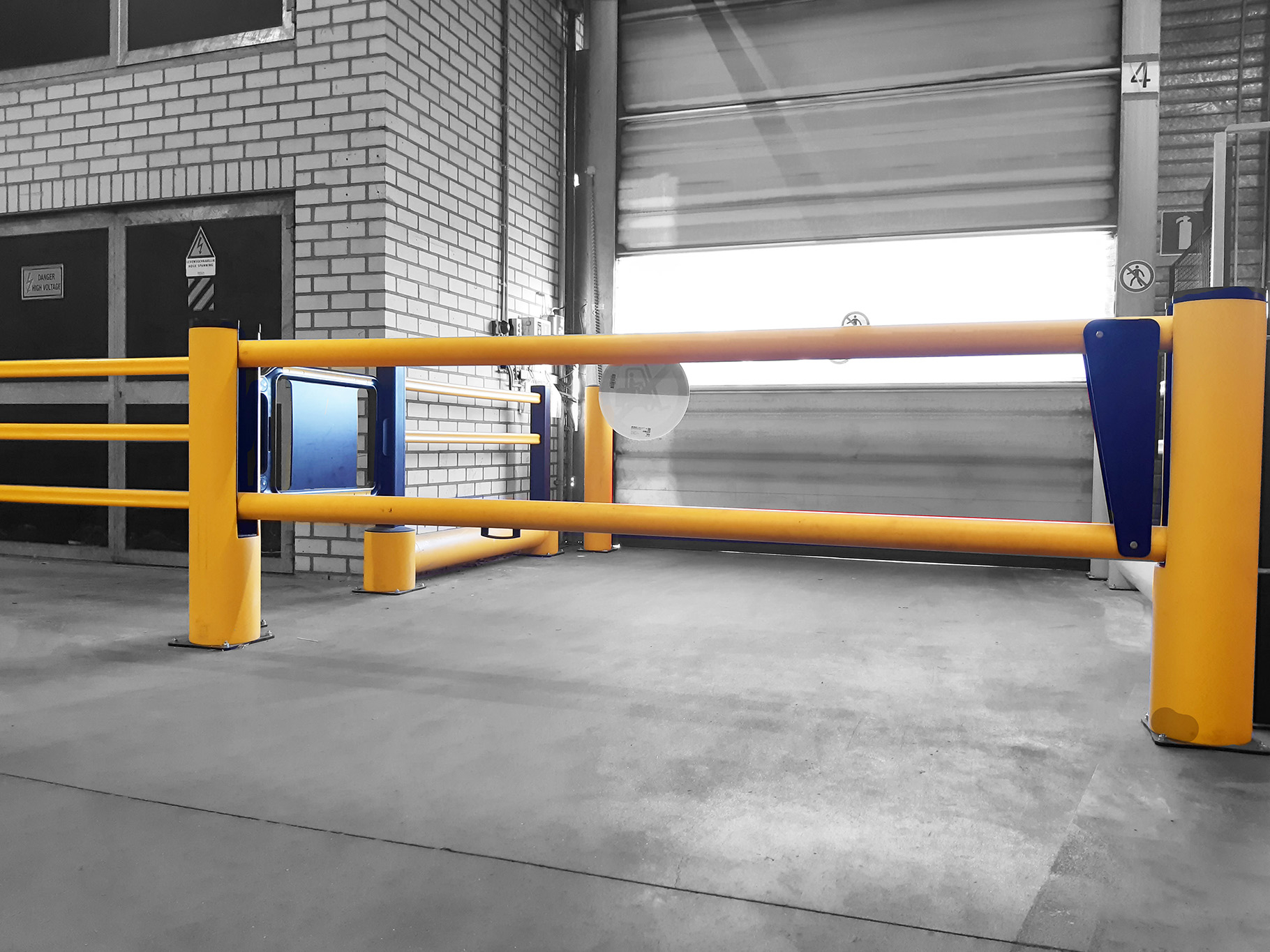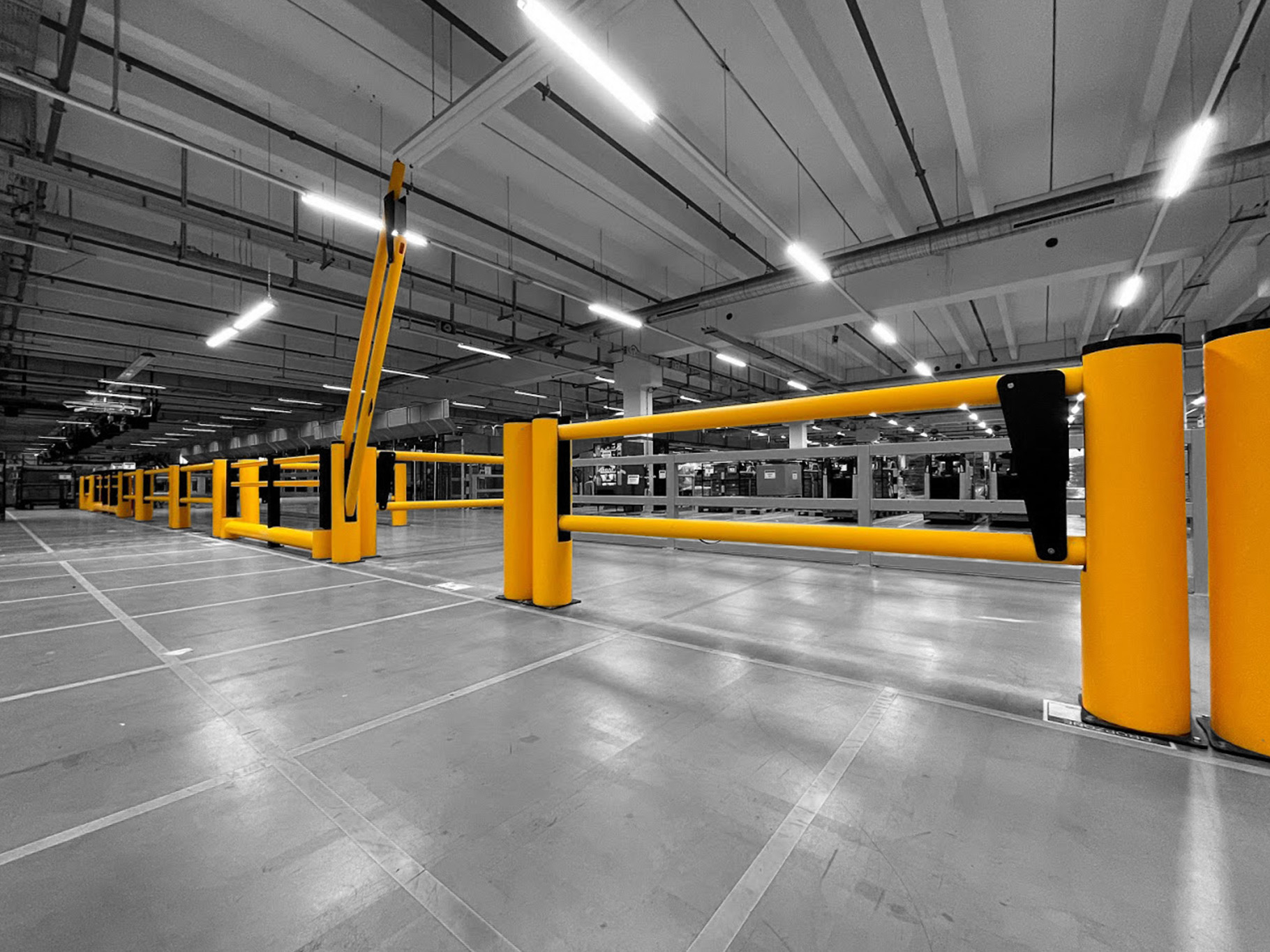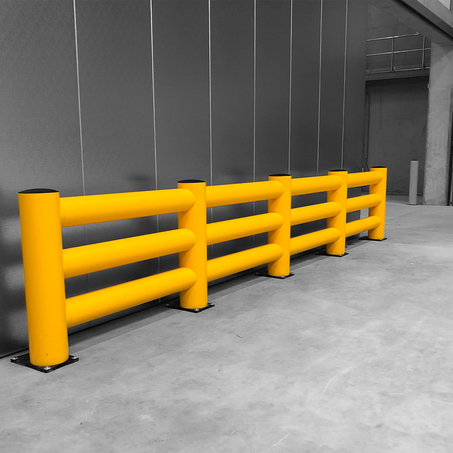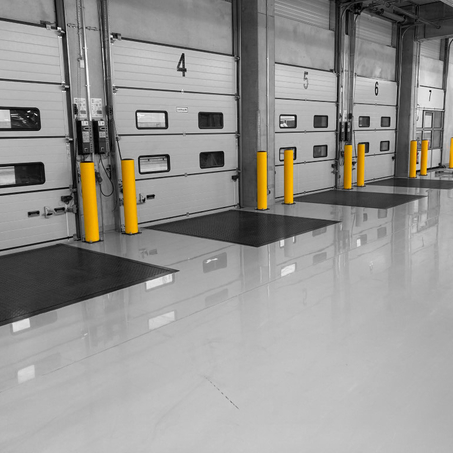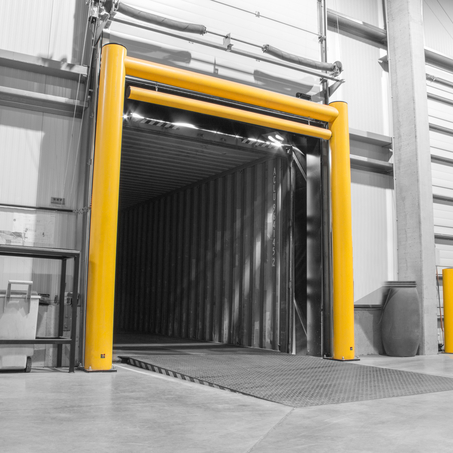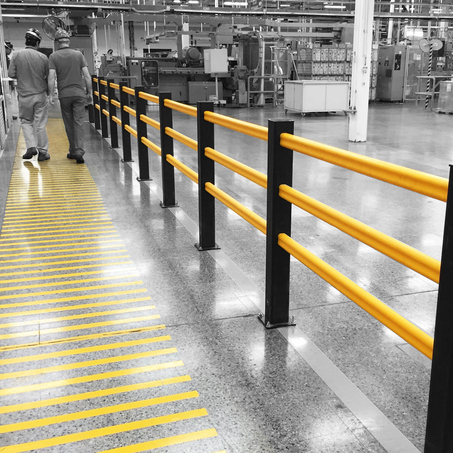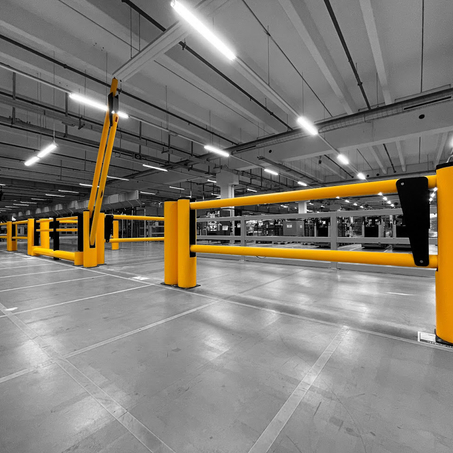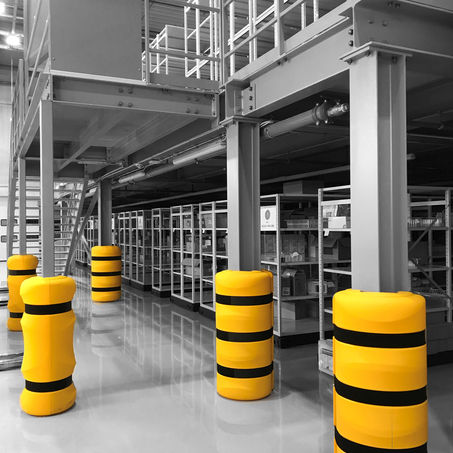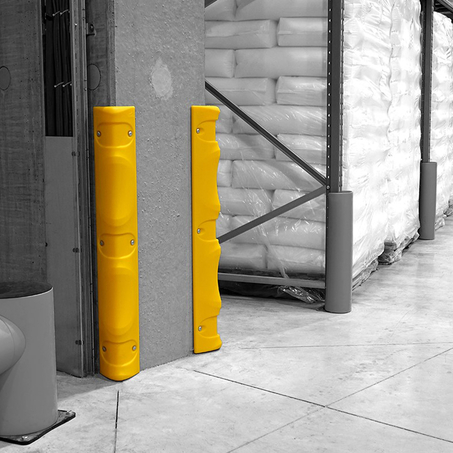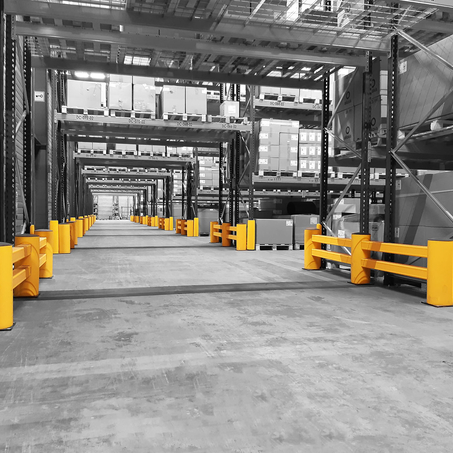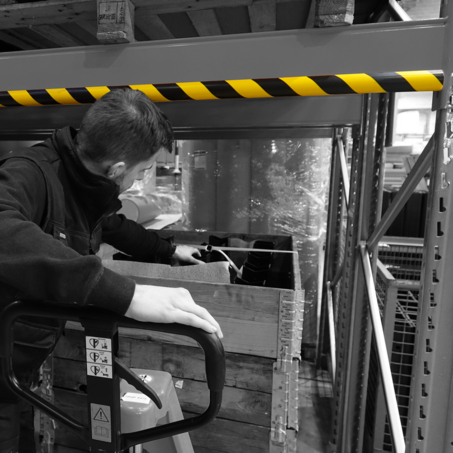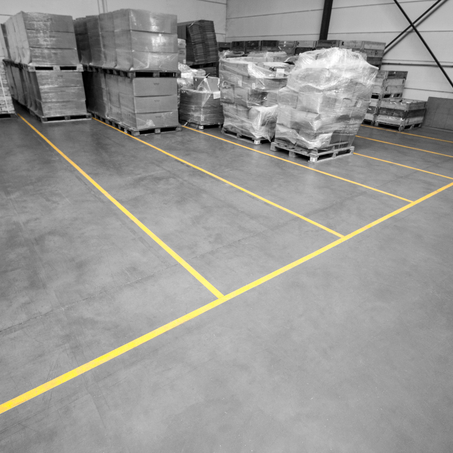HOW TO PREVENT WORKPLACE ACCIDENTS AT A LOADING DOCK
A loading dock is a place where vehicles, goods, and people constantly move. It is a bustling hub of activity, with warehouse workers stacking, loading, and unloading, assisted by forklifts that place and remove goods. The chances of an accident happening in this busy environment are high,
especially since a loading bay is often 3 to 5 feet off the ground. While this might not sound like much, it is high enough to be dangerous. Forklifts, for example, might miss a turn or enter the dock at excessive speed, causing them to slide off the edge. Employees might take a misstep and fall into the opening. Goods can fall off as well.
When loading or unloading goods at a dock, it is essential to identify the hazards. These include incoming trucks, the facility infrastructure, and the personnel on the dock. For the best approach, continue reading below.
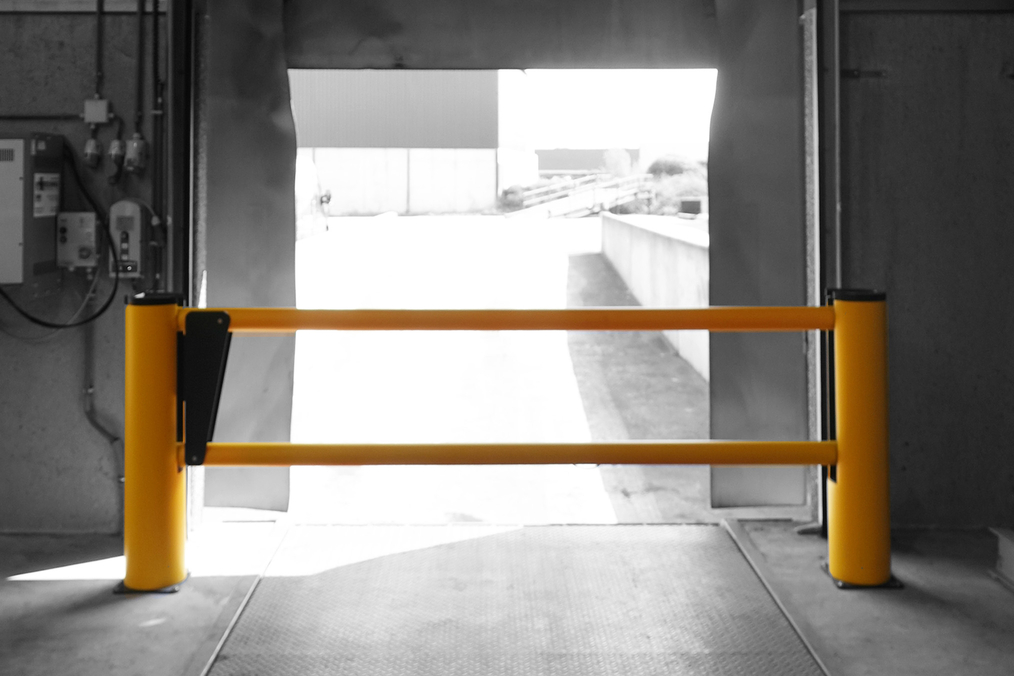
HAZARDS IN AND AROUND LOADING DOCKS
Whether it is a dock for trucks or a mobile dock, it is essential to consider the specific risks for:
- Truck maneuvers
- Dock traffic
- Dock entrance infrastructure
Too often, loading and unloading are done on autopilot. At the same time, the loading and unloading processes are often not fully automated yet. The manual work is repetitive, and the pressure to work quickly and efficiently is high. But haste and urgency are rarely beneficial... Inattention and carelessness can cause accidents.
Issues may also occur if the dock door is left open. People or goods can fall from heights of 3 to 5 feet. The truck driver may also lose control during the loading process. There is often a height difference between the dock and the truck. This also creates risks during the loading and unloading process.
Finally, risks may arise if people are unaware of the applicable safety regulations.
IMPACTS OF ACCIDENTS AT LOADING DOCKS
Driver error, challenging weather conditions, or mechanical issues: accidents are invariably unpleasant and unexpected. They can lead to significant personal injury and/or property damage.
Injured workers may be unable to return to work after a fall, and there are financial implications to consider due to damage to infrastructure and buildings. Without physical protection at dock doors and loading dock entrances, infrastructure and buildings are at risk. Damage to doors and gates must be repaired, costing time and money.
Tips to prevent loading dock accidents:
Establish clear regulations
Establishing a safety protocol is a crucial first step for all companies that receive transshipment vehicles at their warehouse or factory. This information system enables you to assess the potential risks associated with loading and unloading goods. As a result, you can analyze your company's transshipment regulations and establish key procedures. With these procedures in place, you can operate effectively when loading and unloading goods. Employees adhere to a standardized method, significantly reducing the risk of accidents.
Standardized procedures also provide structure and clarity, making implementation and follow-up much easier. Loading dock management is a preventative system designed to ensure the safe transportation of goods. It emphasizes the control and management of vehicles from the loading dock to their arrival at a logistics warehouse. Simultaneously, these precautions help protect people, infrastructure, and buildings, preventing accidents during the loading and unloading of goods at the dock.
Even before the goods are loaded onto the trucks, there are specific rules for inspecting the vehicles and their cargo:
- Mechanical inspections
- Vehicle document verification
- Load positioning and securing
- Compliance with the truck's load capacity
Educate and train the staff
Employees must have the proper skills to perform their loading and unloading duties. In other words, they must receive proper training. It is also crucial that they understand and adhere to the safety procedures. A safety presentation is an effective way to communicate the company's safety rules. However, don't stop at just one session: effectiveness lies in repetition and ensuring that people follow the rules.
Maintain clear communication regarding loading dock safety. Is everyone speaking the same language? If not, provide safety instructions in all the languages spoken.
Secure the area surrounding the loading dock
It begins with clearly mapping the area surrounding the loading dock. Safety equipment, such as personal protective gear like helmets and safety shoes, is highly recommended to prevent loading accidents. Of course, that's not all. Transport equipment should be inspected regularly for wear and tear to prevent accidents and damage to infrastructure. Various tools are available to improve safety on and around the loading dock. One example is a traffic light system that prevents trucks from driving away during loading and unloading.
Signage is necessary but not sufficient by itself. More stringent safety measures are necessary. Every day, forklifts and trucks maneuver within inches of loading docks and automatic dock doors. These doors are vulnerable, and even the slightest impact can lead to significant repair costs.
It's crucial to use safety barriers in conjunction with signage. Polymer safety barriers are the best choice in this scenario. Unlike steel, polymer is flexible and resilient, preventing damage to both the door and the vehicle in the event of a collision. An additional benefit is that the polymer returns to its original shape, so the product doesn't need to be replaced after a minor bump. Furthermore, polymer safety barriers are durable and cost-effective. Learn more about the benefits of polymer safety barriers here.
Specialized polymer safety barriers have been developed specifically to protect loading docks. One example is the GOAL POST. This is one of the most effective types of crash protection for dock doors. The design features two tall posts with height limiters between them, positioned directly in front of a dock door. Bollards are another example. These are positioned on either side of the door to prevent a forklift from colliding with the door rails.
Barriers and handrails are often installed to protect pedestrians. The DOCK GATE functions as a safety gate, preventing goods from falling off the loading dock. DOCK BUMPERS are used to protect loading bays from maneuvering trucks.
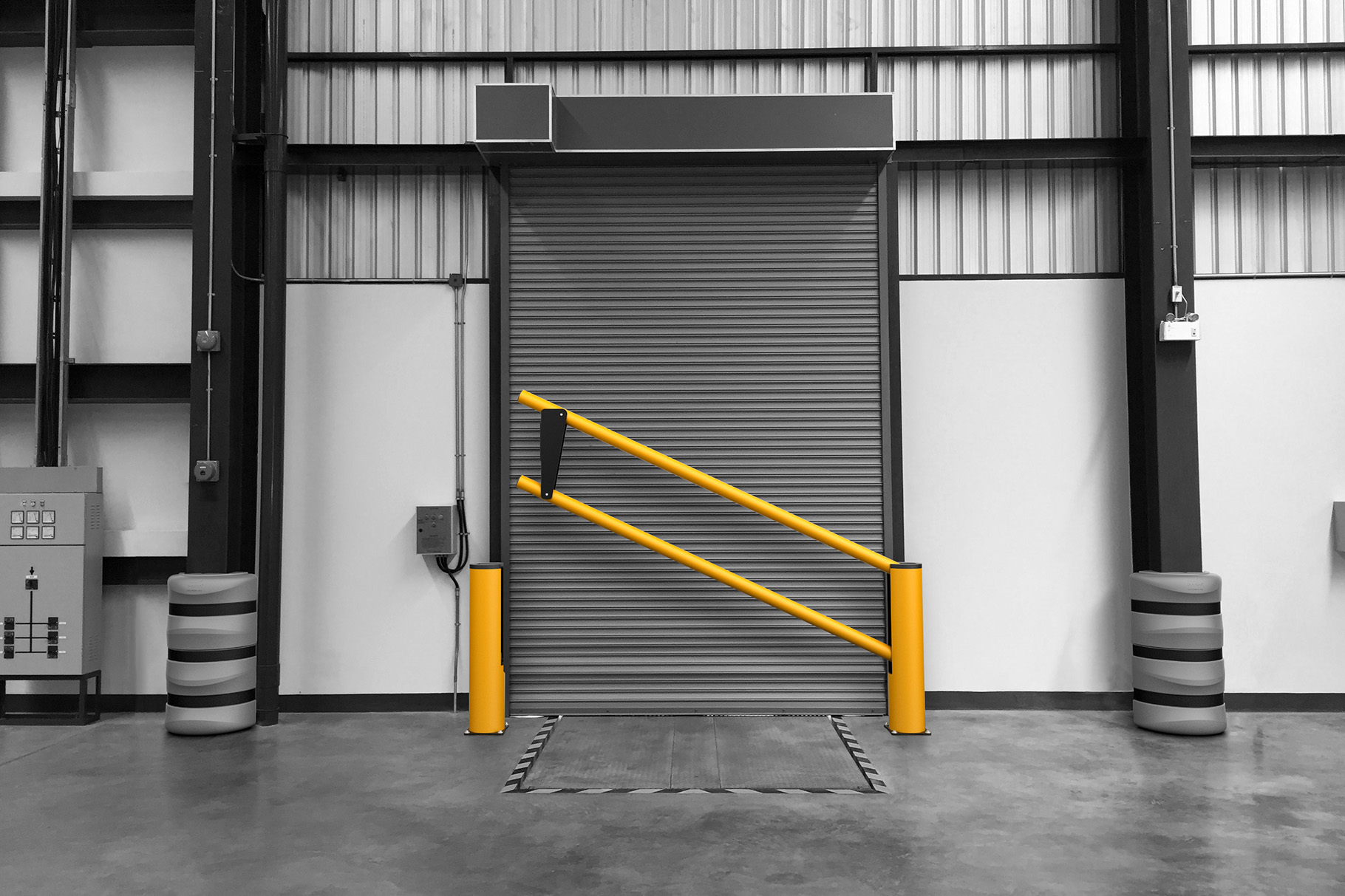
CONTACT US
If your warehouse has loading docks and electric doors, investing in safety solutions to prevent damage is highly recommended. Beyond the solutions mentioned, many other safety products are available.
